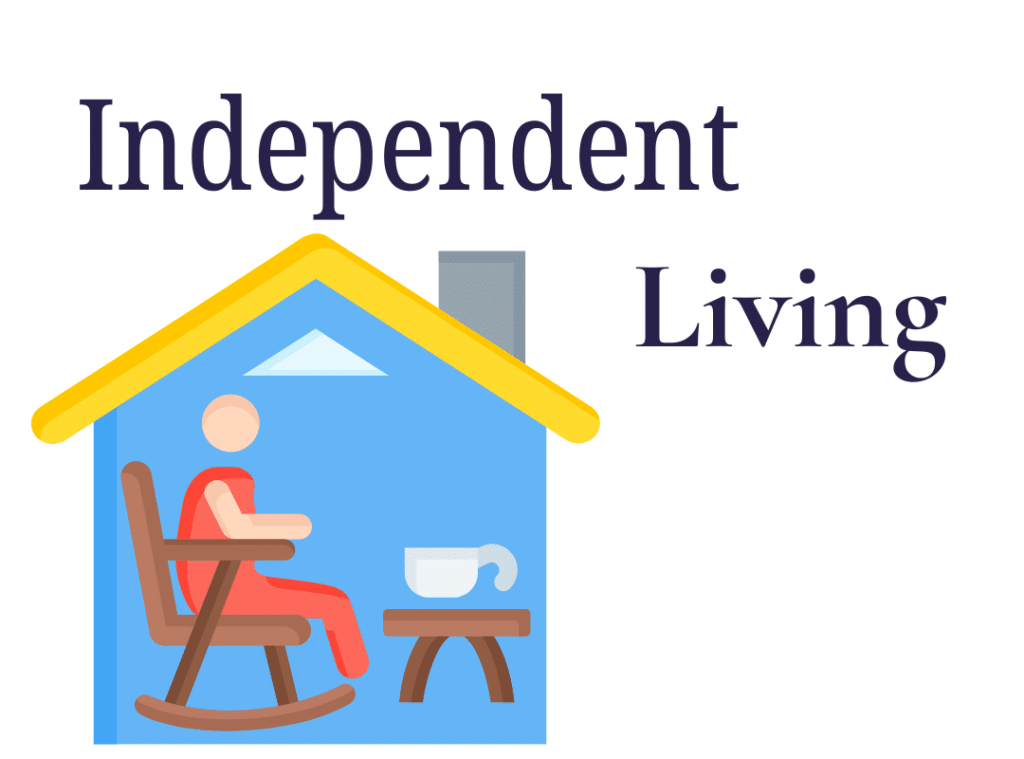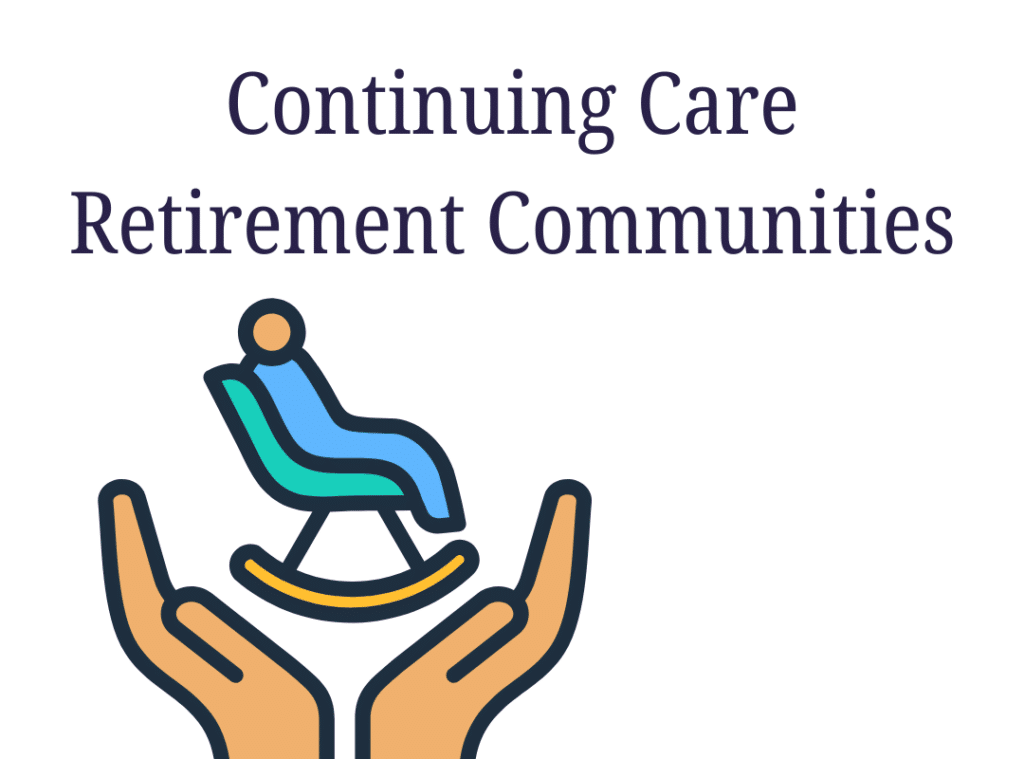Types of Senior Living Facilities: Which One Is Right for You?
Imagine stepping into Westmont of Culver City, a sunlit community filled with laughter and the scent of fresh coffee, where seniors thrive in an environment that suits their needs. You might be considering the various types of senior living options available, each offering unique benefits and levels of care. From independent living to specialized memory care, the choices can feel overwhelming. Determining which facility aligns with your lifestyle and health requirements is essential—and the right decision can greatly impact your quality of life. What factors should you weigh to find the best fit at Westmont of Culver City?
Overview of Senior Living Options
When considering senior living options, you’ll find diverse choices tailored to meet different needs and preferences. Among the various types of senior living facilities, independent living options for seniors stand out for those who value autonomy while enjoying community life.
These communities typically offer maintenance-free living, allowing you to focus on social engagement and recreational activities.
Assisted living facilities support daily activities like bathing and cooking, making them ideal for seniors who need assistance but wish to maintain their independence. Many assisted living communities also offer personalized care services to ensure residents receive the specific support they need.
For those facing cognitive challenges, memory care communities offer specialized support designed to guarantee safety and comfort.
Nursing homes cater to seniors requiring extensive medical care. Continuing Care Retirement Communities (CCRCs) allow for seamless shifts between independent living, assisted living, and nursing care as health needs evolve.
Each senior living community offers unique offerings, so you should assess your needs, preferences, and budget carefully.

Independent Living Communities
Independent living communities offer a vibrant lifestyle where you can enjoy amenities like fitness centers, dining options, and organized activities without the burdens of home maintenance.
These communities foster social engagement, allowing you to connect with peers and participate in various events. Social connection promotes overall well-being, making independent living an enriching choice for many seniors.
However, it’s crucial to consider the costs involved to ensure that this choice aligns with your financial situation.
Lifestyle and Amenities
Life in independent living communities offers a vibrant blend of comfort and engagement tailored to seniors who value autonomy. These facilities provide a maintenance-free lifestyle, allowing you to focus on personal interests and social connections rather than household chores.
You’ll find various independent living facilities, including apartments and cottages, designed to foster a sense of community.
Amenities often include fitness centers, dining options, and recreational areas, ensuring you have access to everything you need for a fulfilling lifestyle. Many communities also organize various activities, from exercise classes to arts and crafts, promoting physical wellness and mental stimulation.
While independent living emphasizes self-sufficiency, it’s important to recognize that these communities differ from residential assisted living. In independent living, you typically won’t receive assistance with daily activities.
However, if you ever need support, many facilities can coordinate with nearby residential assisted living options.
Choosing the right environment can greatly enhance your retirement experience, providing opportunities for engagement, connection, and personal growth.
Embrace this new chapter with the comfort and amenities that independent living communities offer!
Social Engagement Opportunities
Engaging with others is a hallmark of independent living communities, where you can enjoy a vibrant social atmosphere that enriches daily life. These senior living communities near me offer various opportunities to connect with fellow residents, helping you build meaningful relationships while maintaining your independence.
Here are some ways you can stay socially active:
- Group Activities: Participate in classes, game nights, or fitness sessions tailored to your interests.
- Clubs and Organizations: Join a book club, gardening group, or art class that aligns with your passions.
- Social Events: Attend themed dinners, holiday celebrations, or outings that foster camaraderie among residents.
- Volunteer Opportunities: Engage in community service projects that allow you to give back while meeting like-minded individuals.
Independent living communities prioritize social engagement, allowing you to thrive in a supportive environment.
You’ll enjoy a maintenance-free lifestyle and a rich tapestry of interactions that can lead to lasting friendships and a fulfilling life.
Embrace these opportunities to connect and grow as you navigate this exciting chapter of your life.
Cost and Financial Considerations
Steering through the financial landscape of independent living communities can feel overwhelming, but understanding the costs involved is essential for making an informed decision.
Typically, you’ll find a monthly rent structure that covers basic services like maintenance, housekeeping, and meals, allowing you to enjoy a hassle-free lifestyle. However, clarifying what’s included in that fee is vital, as amenities and services can vary greatly.
Additional costs may arise for optional services such as laundry, transportation, or personal care. Some communities might require a one-time entrance fee, which can be substantial, so make sure to factor that into your budget.
When evaluating these financial obligations, consider your current income, savings, and any potential benefits from long-term care insurance. It’s also wise to explore any financial assistance programs or subsidies that might be available.
Balancing your financial situation with your desire for a vibrant, engaging community will help you find the right independent living option. Your well-being and peace of mind are paramount, so take the time to analyze all financial aspects thoroughly.

Assisted Living Facilities
Assisted living facilities provide essential support for daily activities, ensuring you can maintain your independence while receiving the help you need.
These communities also focus on enriching lives through engaging activities, fostering social connections, and enhancing overall well-being.
If you’re considering this option, you’ll find a compassionate environment designed to meet your unique needs. Additionally, it’s important to understand the different care levels available to ensure you choose the best fit for your situation.
Daily Living Assistance
Many seniors find that assisted living facilities provide the daily living assistance they need while still allowing them to maintain a sense of independence.
These communities are designed to help you with essential activities, ensuring you receive the support necessary for a fulfilling life.
In assisted living, you can expect assistance with:
- Personal care: Help with bathing, dressing, and grooming to enhance your comfort and dignity.
- Meal preparation: Nutritious meals prepared by staff cater to your dietary needs and preferences.
- Medication management: Staff can assist you in taking medications on time and as prescribed.
- Housekeeping: Regular cleaning and maintenance of your living space allow you to focus on enjoying your day.
Assisted living facilities focus on promoting independence and creating a supportive environment where residents can engage socially while receiving the help they need.
This balance allows you to thrive daily, making it a great choice for many seniors seeking both care and community.
Community Engagement Activities
Community engagement activities are essential in enhancing the quality of life for residents in assisted living facilities. These activities foster connections among residents and create a vibrant social environment.
Engaging in various programs—like arts and crafts, exercise classes, and game nights—can greatly uplift spirits and promote a sense of belonging.
Participating in community outings, such as visits to local museums or parks, allows residents to explore the world beyond their facility while building lasting friendships. Many assisted living communities also offer volunteer opportunities, enabling you to give back to the local community, which can be incredibly fulfilling.
Moreover, educational workshops and discussion groups provide chances for lifelong learning and mental stimulation. These activities enhance cognitive function and encourage residents to share their knowledge and experiences.
Ultimately, community engagement activities in assisted living facilities are designed to promote a rich, fulfilling lifestyle. By actively participating, you’ll not only improve your well-being but also contribute to a supportive and lively community atmosphere that benefits everyone involved.

Memory Care Services
Memory care services play an essential role in providing specialized support for individuals with memory-related conditions like Alzheimer’s or dementia.
These programs are designed to create a safe and nurturing environment where residents can thrive despite their cognitive challenges. Memory care facilities focus on enhancing quality of life through tailored activities and thorough support.
Here are some key features of memory care services:
- 24/7 Supervision: Staff are always available to guarantee safety and provide assistance as needed.
- Personalized Care Plans: Each resident receives a care plan tailored to their unique needs and preferences.
- Engaging Activities: Organized programs promote cognitive stimulation and encourage social interaction, helping residents feel connected.
- Family Support: Resources and counseling are often available to assist families in maneuvering their loved one’s journey.
In addition, these facilities emphasize personalized care plans that evolve with each resident’s changing needs, ensuring that the support provided remains relevant and effective.
Choosing memory care services can be a compassionate way to ensure your loved one receives the specialized attention they need. These services allow for dignity and respect while fostering a community of understanding and support.

Nursing Homes and Skilled Care
Nursing homes and skilled care facilities support seniors with complex medical needs, ensuring they receive extensive assistance in a safe environment. These facilities are equipped to handle both long-term and short-term care, making them ideal for individuals recovering from surgery, managing chronic illness, or needing rehabilitation.
Here’s a comparison of key features of nursing homes and skilled care:
| Feature | Nursing Homes | Skilled Care |
| Staff Availability | 24/7 nursing care | 24/7 skilled nursing staff |
| Medical Assistance | Extensive medical services | Focus on recovery and rehabilitation |
| Living Arrangements | Shared or private rooms | Typically, private or semi-private rooms |
| Activities and Support | Engaging social activities | Tailored rehabilitation programs |
Choosing a nursing home or skilled care facility means prioritizing the health and comfort of your loved one. These environments foster dignity and respect while providing critical medical attention. You can trust that trained professionals will cater to both physical needs and emotional well-being, creating a nurturing community for residents.

Continuing Care Retirement Communities
Continuing care retirement communities (CCRCs) offer a unique blend of independence and support for seniors seeking a long-term living solution that adapts to changing health needs.
These communities allow you to start independently and smoothly shift to assisted living or skilled nursing care as your needs change. This flexibility can provide peace of mind for you and your family.
Here are some key features of CCRCs:
- Comprehensive Care: Access to a full spectrum of services, from independent living to skilled care, all in one location.
- Social Opportunities: Engage in various social, recreational, and educational activities that foster community connections.
- Security: Enjoy the comfort of knowing that care is available when you need it, reducing anxiety about future health challenges.
- Financial Planning: While CCRCs often require an entrance fee, they provide a predictable monthly fee structure for ongoing care.
Choosing a CCRC can be a proactive step towards ensuring that you receive the appropriate level of care while also maintaining your independence and quality of life.
It’s an option worth considering for your future needs.
Choosing the right senior living facility might feel like challenging, but think of it this way: it’s your chance to decide how you want to live your golden years. Whether you crave independence or need extra help, there’s a perfect place waiting for you at Westmont of Culver City. Ironically, the more choices you have, the more freedom you gain. So, take a moment, assess your needs, and embrace the opportunity to find a community that feels like home. For more information, call us at 310-736-4118.
Compare The Costs of Senior Living vs Staying at Home
How Do The Costs Of Moving Into A Quality Senior Care Community Compare With The Costs Of Staying At Home?
Frequently Asked Questions (FAQs)
- What are the different categories of elderly?
The elderly are often categorized by age and needs. Common classifications include “young-old” (65–74 years), “middle-old” (75–84 years), and “old-old” (85+ years). These categories help tailor appropriate care and services to support their physical, emotional, and social well-being. - What is a catchy name for assisted living facilities?
A catchy name for assisted living facilities could include words that evoke comfort, community, and care, such as “Golden Haven,” “Serenity Manor,” or “Sunrise Living.” The name should reflect the facility’s commitment to providing seniors with a welcoming and supportive environment. - What is the best type of home for seniors?
The best type of home for seniors depends on their needs, preferences, and health conditions. Options range from independent living for active seniors to assisted living or memory care for those requiring more daily support. Homes that prioritize accessibility, community, and tailored care are often ideal. - What is the highest level of care for the elderly?
The highest level of care for the elderly is typically skilled nursing care, also known as nursing homes or long-term care facilities. These facilities provide 24/7 medical supervision, rehabilitation, and support for seniors with complex health needs or chronic conditions. - How to find senior living options?
You can find senior living options by researching online directories, visiting local facilities, or consulting a senior living advisor. It is important to tour potential communities, assess their services, and ensure they align with the senior’s specific needs and budget. - Is senior living the same as assisted living?
No, senior living is a broad term encompassing various housing options for older adults, including independent living, assisted living, and skilled nursing care. Assisted living specifically refers to communities that provide personal care, such as help with daily activities, for seniors who need support but not full-time medical care.








